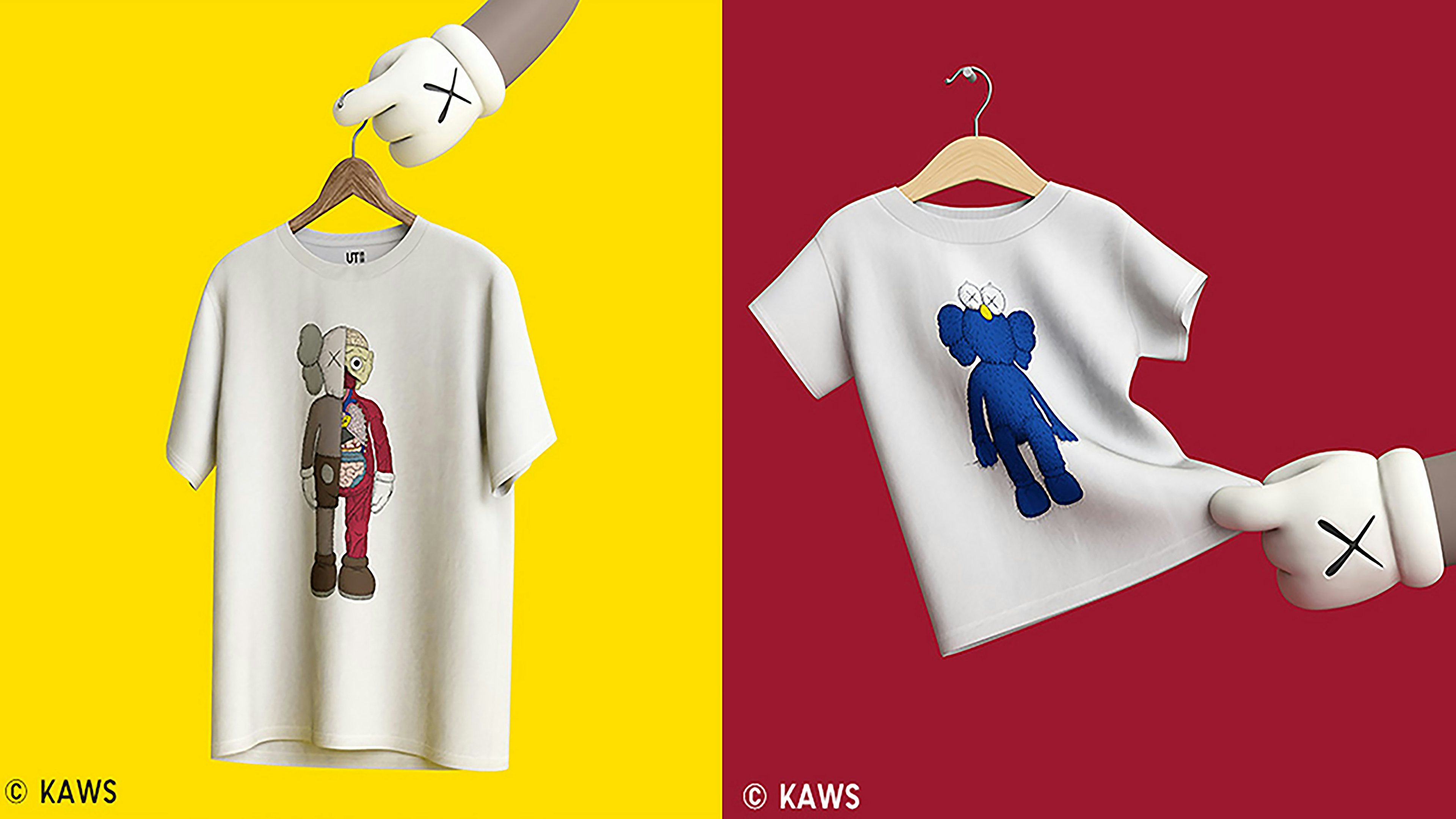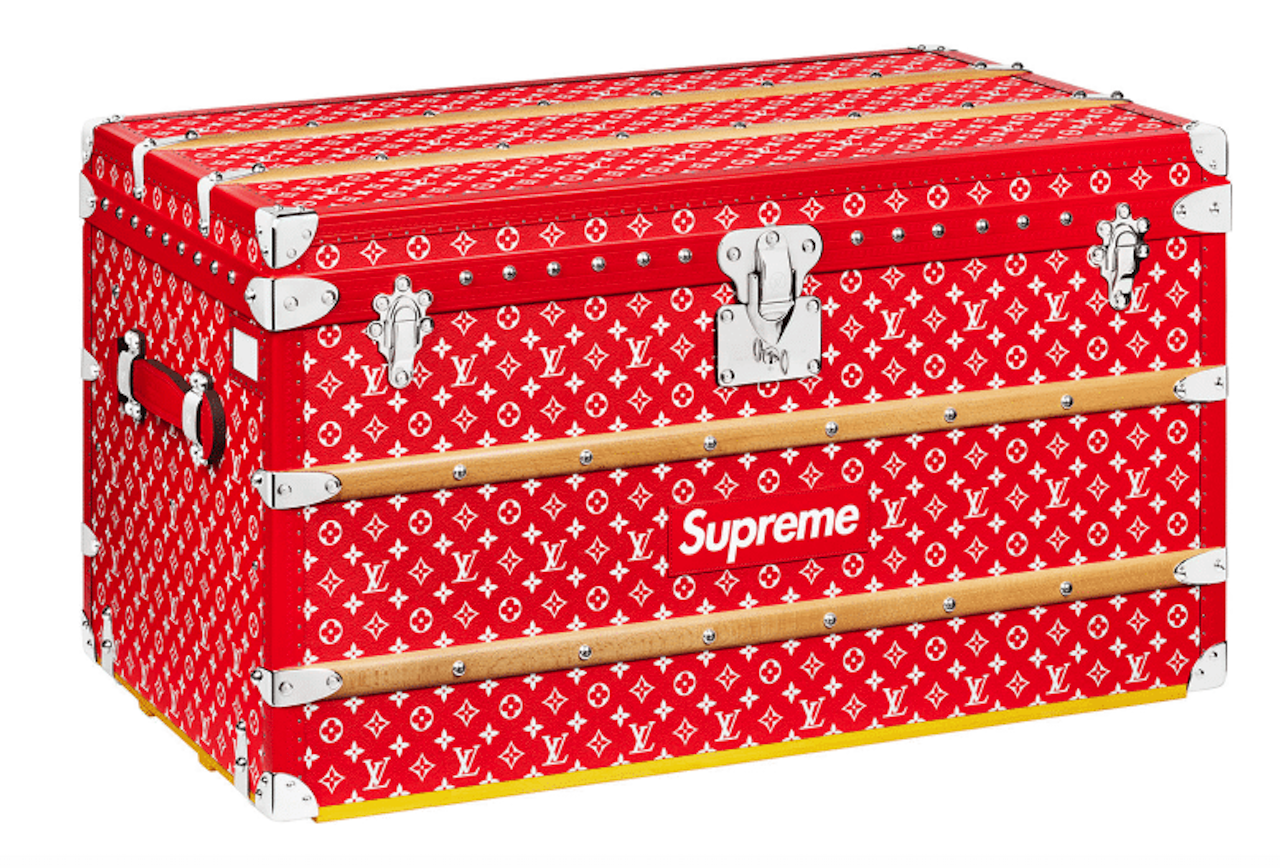In 2004, the Swedish fast-fashion retailer Hamp;M entered into a collaborative partnership with Karl Lagerfeld creating a capsule collection that was an instant success. Since then, the retail world has seen various luxury-mass collaborations, such as Hamp;M partnering with Stella McCartney, Roberto Cavalli, Comme des Garçons, Versace, and Maison Martin Margiela or Target and Isaac Mizrahi, Thakoon, Jason Wu, and 3.1 Phillip Lim. These collaborations proved to be a very successful formula for retailers in the West. Analysts, however, wondered if the performance and success of lower-priced collections could be replicated even in China. The answer, it turns out, is yes.
Evidently, though, not all luxury-mass collaborations achieved the expected results in there. For instance, the Versace for Hamp;M collection “had high return and exchange rates at stores in Beijing, Hangzhou and Shanghai.” In fact, some collections did not impress the demanding and “always on” Chinese buyers, while other collaborations built up excitement but in the end, buyers turned against the brands because of unprecedented difficulties. To give an example, the Alexander Wang x Hamp;M collaboration became an internet phenomenon in China but logistical complications turned fans against the retailer.
Given possible missteps, should retailers promote high-low collaborations in China?#
Definitely, yes. China is a competitive market bestowed with the power of building or breaking international brands. However, the right business strategy can make all the difference. By way of example, the Uniqlo x KAWS collection created great desire among Chinese consumers. According to the South China Morning Post, “shoppers across China swarmed the aisles, dived under security barriers, ran the length of shopping malls, stripped mannequins and even traded blows” just to get their hands on a coveted T-shirt designed by the American artist. However, the success of this collection is not an isolated case. The Hamp;M x Moschino collaboration (2018) achieved equal success, creating a veritable hysteria in China.
In both cases, the brands used brilliant marketing campaigns to appeal to the sensibilities of Chinese consumers. While Hamp;M x Moschino was a glorious tribute to the 1990s and played well with the nostalgia of millennial consumers, Uniqlo x KAWS conquered the market through low price points (RMB 99 for a T-shirt) and a brilliant viral campaign. Photos and videos of buyers fighting over the Uniqlo T-shirts went viral and were re-shared millions of times. What’s On Weibo even reported that the hashtag #EverybodyKaws had received over 140 million views on Weibo while the Uniqlo online selection was sold out in seconds.
Why do most luxury-mass collaborations work in China?#
1.#
Label-obsessed culture#
It’s been widely reported that social media and the change in consumer values have brought the end of traditional luxury. Luxury is no longer exclusive, discreet or aspirational but rather inclusive and attainable. “The idea of what is luxurious is changing; I think it’s about brand rather than luxury,” said Lazaro Hernandez, cofounder of Proenza Schouler. Indeed, the concept of luxury has been extended to sneakers and hoodies and is no longer exclusive to haute-couture gowns or Birkin bags. Evidently, the democratization of fashion is favoring luxury-mass collections because buyers don’t downgrade the collaborations to fast-fashion, but they see them as an extension of the luxury brand.
Equally important, younger Chinese consumers of lesser means who seek the prestige of international brands will be drawn to such partnerships. Since they can’t afford a Chanel tweed jacket, investing in a pair of trendy sneakers at a lower price point, or a T-shirt for RMB 99, is an affordable way to gain some social currency. It’s safe to say that as long as label-obsessed youth continues to spend much of their income on designer apparel, established fashion designers will continue collaborating with fast-fashion retailers. In the end, this is a win-win situation. The fashion designer and luxury brand both win exposure, while buyers get label products that come at a much more affordable price point.
2.#
Accessibility#
The market for luxury goods in China is defined by high costs and scarcity. In 2017, the Business of Fashion reported that China was the world's most expensive luxury market. According to BoF, the average luxury goods prices in mainland were “20 percent higher than the global average.” And despite recent tax cuts, luxury goods have remained expensive and unattainable to most buyers in China.
Furthermore, there are even some geographical factors that should be considered. In the past decade, luxury brands have embraced an aggressive expansion strategy for tier 1 and tier 2 Chinese cities, but smaller ones were neglected, suffering under a “thirst for the luxe life.” And despite the market’s vast potential, extravagant shopping malls and high-fashion shops are scarce in smaller cities. According to Luxe Digital, “45% of middle-class consumers in Chinese tier 2 and tier 3 cities are interested in purchasing luxury goods, versus 37% in tier 1 cities." Naturally, scarcity pushes the performance and profits higher; thus, there is the possibility for luxury-mass collaborations to achieve greater success in smaller cities.
3. The new status signaling#
According to Ogilvy China’s report “Making Luxury Brands Matter,” middle-class consumers are not extravagant shoppers. They don’t dress to impress but to better themselves. Consequently, they won’t invest in goods that signal social status but in “casual luxury” brands that are more accessible like Michael Kors or Coach. From the perspective of middle-class consumers, luxury-mass collaborations are similarly appealing alternatives since they create the same value but (usually) come at lower price points. Moreover, some of the luxury-mass products have additional benefits, such as higher media exposure and a higher BCR (benefit-cost ratio). The new status signaling implies accessibility and discretion instead of boorishness.
4. The testers#
Testers are usually KOLs with large platforms, who have the power to influence followers and communities, mainly Chinese millennials and Gen Z. And as reputable testers, these KOLs feel the need to review, test, and communicate their insights to their followers, who like to experiment with trends and fashions, and are ultimately responsible for the proliferation of various trends, from streetwear to sneakers; thus, it’s not surprising that for them luxury-mass collaborations are “special edition” design experiments.
Considering the global success of luxury-mass collaborations, it’s safe to say that we’ve only seen the tip of the iceberg. The appetite for such partnerships is uncontrollable and in view of China’s economic slowdown, it’s expected that consumers will look for more cost-friendly alternatives to luxury. Consequently, the co-branding model will likely expand even further, pushing established luxury brands to consider similar short-term collaborations.

